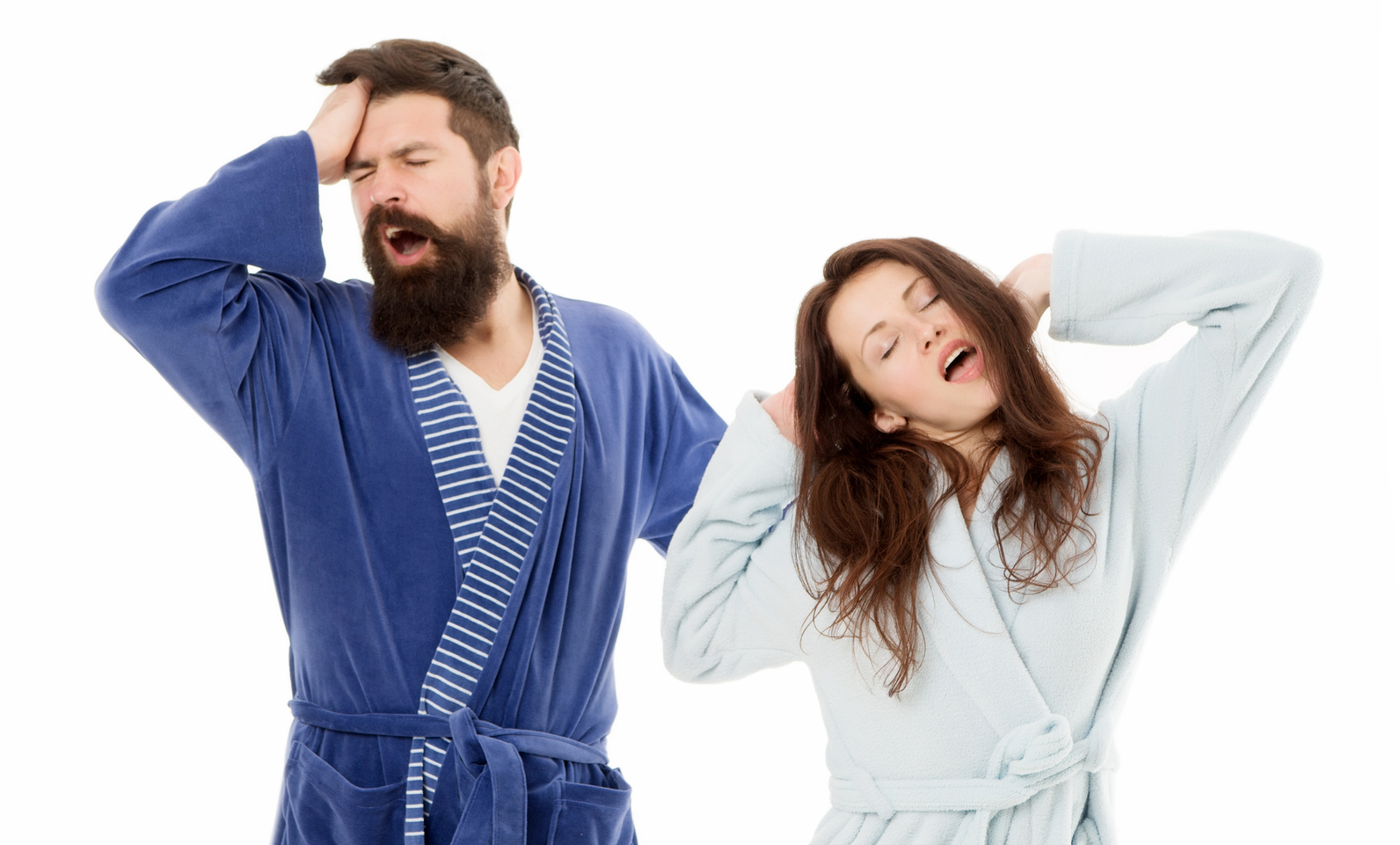With another daylight saving time having passed, many in the medical community and the public in general are hoping it will be one of the last.
Daylight saving time, which was instituted in the early 1900s and became a federal standard in the 1960s, allows for more daylight later in the evening during the spring and summer months, but has been controversial for the past decade. In 2018, California voters passed a proposition to end it, but the change would need to be approved federally, says Dr. Lydia Wytrzes, a sleep medicine pioneer and medical director of Sutter Sleep Center in Sacramento. Sleep science and studies, she mentioned, go along with the proposal to do away altogether with the switching of time during the fall and spring, commonly called “fall back” and “spring forward.”
“The American Academy of Sleep Medicine came out with a position paper essentially suggesting that this clock shift be eliminated,” Dr. Wytrzes said. “So I think as a society and as a profession we have moved in a direction where we believe the cons of daylight saving time outweigh the pros. We just need the federal government to agree in order to stop this process.”
She suggests hitting up your representatives in Congress to get this changed.
“Most of us agree that these two switches per year probably should stop,” she says. “Whether it’s permanent standard time or permanent daylight saving time, we have a lot of medical research and societal support to have it changed.”
Why the Hour Switches Play Mind Games
The reason switching during the fall — standard time — and in the spring — daylight saving time — can affect us, Dr. Wytrzes says, is because we have a master clock in our heads that is attuned to day-night cycles, and when we abruptly disrupt the sleep cycle we become out of sync with our body’s natural rhythm. This also happens in “jet lag,” when you fly over different time zones.
“Your sleep clock is then out of sync with the new location you’re in,” she says. “This is a reflection of a biological rhythm that is now out of alignment.”
Dr. Wytrzes points to studies that have linked the “spring forward” at daylight saving time to increased heart attacks, rates of depression, car crashes and even suicide during the first few days after we turn the clocks back.
With daylight saving time, she says, people should start two or three days early to prepare for the hour loss by going to bed a little earlier each night.
“It’s easier in the autumn when you ‘fall back,’ because you can get an extra hour of sleep,” says Dr. Wytrzes. “It’s ‘spring forward’ – shifting to daylight saving time — that is often challenging. So if you are sensitive to that, try going to bed a little bit earlier beginning Thursday or Friday, like maybe 15 minutes earlier each night to prepare for the clock shift that is coming.”
Sleep Tips for ‘Spring Forward’ … and All the Time
In addition to getting ready for the hour we lose by going to bed earlier and earlier the nights before we “spring forward,” Dr. Wytrzes recommends other steps, many of which are good to follow on a regular basis:
- Take a nap, but don’t make up that lost hour by sleeping in for an hour. “It’s not recommended that you sleep in that hour extra on Sunday morning,” she says, “because it’s going to make it as difficult to fall asleep Sunday night.” Instead, she says, if you do feel too sleepy during the day, try to take a short, 15- or 20-minute nap in the afternoon, setting an alarm clock so you don’t nap too long.
- Avoid electronic devices, especially handheld electronic devices like cell phones, iPads and laptops, about an hour before bedtime. “Those devices affect melatonin, which is the body’s natural sleeping pill,” she says. “They shift melatonin later, which makes it even more difficult to fall asleep. If you cannot sleep at all without some electronic device, a TV – not right your face, but in your room – is better than any kind of handheld electronic device.”
- Avoid caffeine too late in the day. “Generally we recommend not drinking caffeine after 4 p.m.,” she says, “but you may want to cut it off at 2 p.m. or even at noon on the day before we ‘spring forward.’”
- Institute some type of relaxation techniques. “For whatever reason you’re not as sleepy or you’re not as in-sync with your sleep rhythm, that’s when free meditation apps are helpful,” she says. “Maybe a deep breathing exercise app, or even prayer. These can help people get their mind into sleep mode.”
Dr. Wytrzes also has some tips for waking up the next morning:
- Go outside and expose yourself to sunlight. “You want to shut off your melatonin production,” she says, which will make you feel less sleepy.
- Be more aware doing early-morning activities. “That’s when we’re kind of tired and sleepy, and we’re not concentrating or focusing as well,” she says. “So when you’re driving, be more observant of your surroundings. When working, be aware of the fact that human decision-making may be off for a little bit in the morning.”





